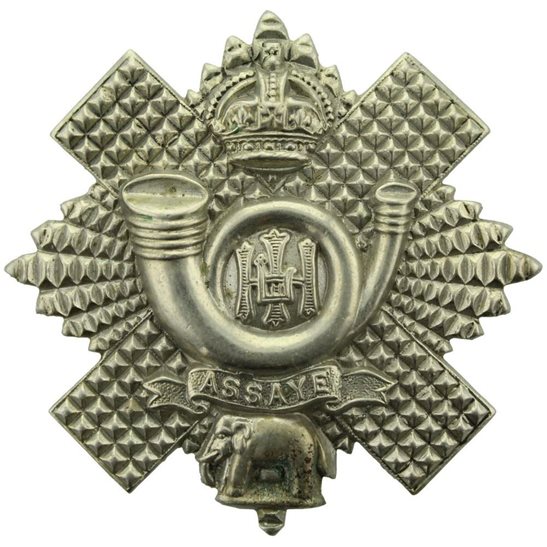Personal Details
Born: 5 November 1890 in Whitchurch, Shropshire and was baptised in St Alkmund`s Church on 4 March 1891.
Family: He was the sixth of eight children born to John Beech, a railway signalman, and his wife Hannah, nee Mann. He married Mary Ann Fletcher in Quarter 2 1918 at All Saint`s Church, Glossop, Derbyshire and together they had 2 children – Alice and Arthur.
Residence: On both the 1891 and 1901 Censuses his address was given as 3 Waymills, Whitchurch, Shropshire. The same address was on his 1915 Attestation Document. By 1923 he had moved to Stalybridge, Lancashire. At the time of his death in 1939 his home was stated as being 93 Burton, Newtown, New Mills, Derbyshire.
Employment: At his Attestation his occupation was said to have been a footman but after his discharge from the Army he joined the London and North Western Railway as a labourer, possibly in 1917. In Kelly`s 1923 Directory for Stalybridge, Lancashire his occupation was given that of beer and wine retailer.
Died: 25 August 1939 in New Mills, Derbyshire, aged 50.
Military Details
Regiment: Highland Light Infantry
Rank: Private
Service Number: 4566
Date of Enlistment: 20 August 1915
Date of Discharge: 30 June 1916
Reason for Discharge: Illness
Other Information: Thomas had three brothers , Ernest, Midgley and John who also fought in WW1.
He was issued with a Silver War Badge on 1 March 1917 after being discharged from the Army as he suffered from epilepsy.
He appears to have contracted malaria at some time during his military service.
Thomas was awarded the Campaign Medals (Victory Medal and British War Medal) and the Silver War Badge.

The British War Medal (also known as 'Squeak') was a silver or bronze medal awarded to officers and men of the British and Imperial Forces who either entered a theatre of war or entered service overseas between 5th August 1914 and 11th November 1918 inclusive. This was later extended to services in Russia, Siberia and some other areas in 1919 and 1920. Approximately 6.5 million British War Medals were issued. Approximately 6.4 million of these were the silver versions of this medal. Around 110,000 of a bronze version were issued mainly to Chinese, Maltese and Indian Labour Corps. The front (obv or obverse) of the medal depicts the head of George V. The recipient's service number, rank, name and unit was impressed on the rim.
The Allied Victory Medal (also known as 'Wilfred') was issued by each of the allies. It was decided that each of the allies should each issue their own bronze victory medal with a similar design, similar equivalent wording and identical ribbon. The British medal was designed by W. McMillan. The front depicts a winged classical figure representing victory. Approximately 5.7 million victory medals were issued. Interestingly, eligibility for this medal was more restrictive and not everyone who received the British War Medal ('Squeak') also received the Victory Medal ('Wilfred'). However, in general, all recipients of 'Wilfred' also received 'Squeak' and all recipients of The 1914 Star or The 1914/1915 Star (also known as 'Pip') also received both 'Squeak' and 'Wilfred'. The recipient's service number, rank, name and unit was impressed on the rim.

The Silver War Badge was issued in the United Kingdom and the British Empire to service personnel who had been honourably discharged due to wounds or sickness from military service in World War I. The badge, sometimes known as the "Discharge Badge", the "Wound Badge" or "Services Rendered Badge", was first issued in September 1916, along with an official certificate of entitlement.

